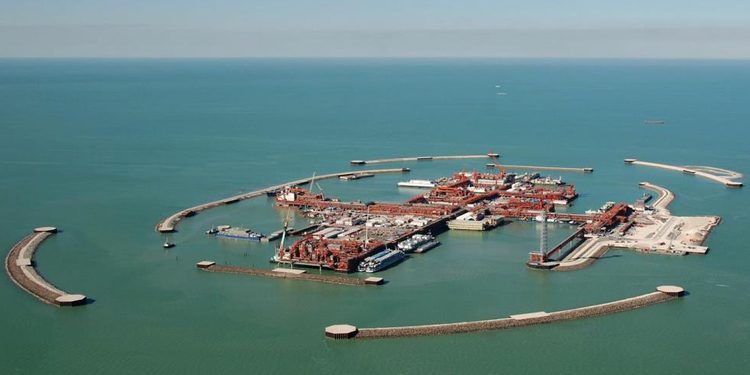Kashagan: Rising Output Weighs on Kazakhstan’s CPC Oil Price
One of the world’s fastest growing crude streams, Kazakhstan’s CPC, is battling to find new buyers in a market saturated with light grades and with core European customers reluctant to buy more of the pungent oil blend even as its value has plunged reported Reuters.
It is a familiar picture for oil producers which have struggled with oversupply in the past three years, sending oil prices from above $100 a barrel to less than $50 a now.
But it is proving a particular challenge for Kazakhstan, which has joined the Organization of the Petroleum Exporting Countries and other non-OPEC nations in a pact to reduce output.
Under the deal, Astana pledged to keep overall production at 1.7 million barrels per day (bpd). At the same time, it needs to reward investors in its giant Kashagan oil project that produces CPC but which started up last year five years behind schedule.
So Astana is letting oil firms hike output from Kashagan in the Caspian Sea, which means it must cut from elsewhere. But the extra flows are piling pressure on CPC’s already falling value.
In 2013, light CPC crude traded at an average annual premium of $0.15 a barrel to dated Brent, then during 2014-2016 it slid to a discount of $0.11-$0.18. In the first five months of 2017, the discount had widened further to as much as $1.23.
“Now it is more expensive to delay Kashagan again rather than sell discounted CPC Blend. Shareholders need the project to work now,” said one trader.
Kashagan oil field has been developed by a consortium of China National Petroleum Corp [CNPET.UL], Exxon Mobil, Eni, Royal Dutch Shell, Total, Inpex and KazMunaiGas. Phase one cost $55 billion.










